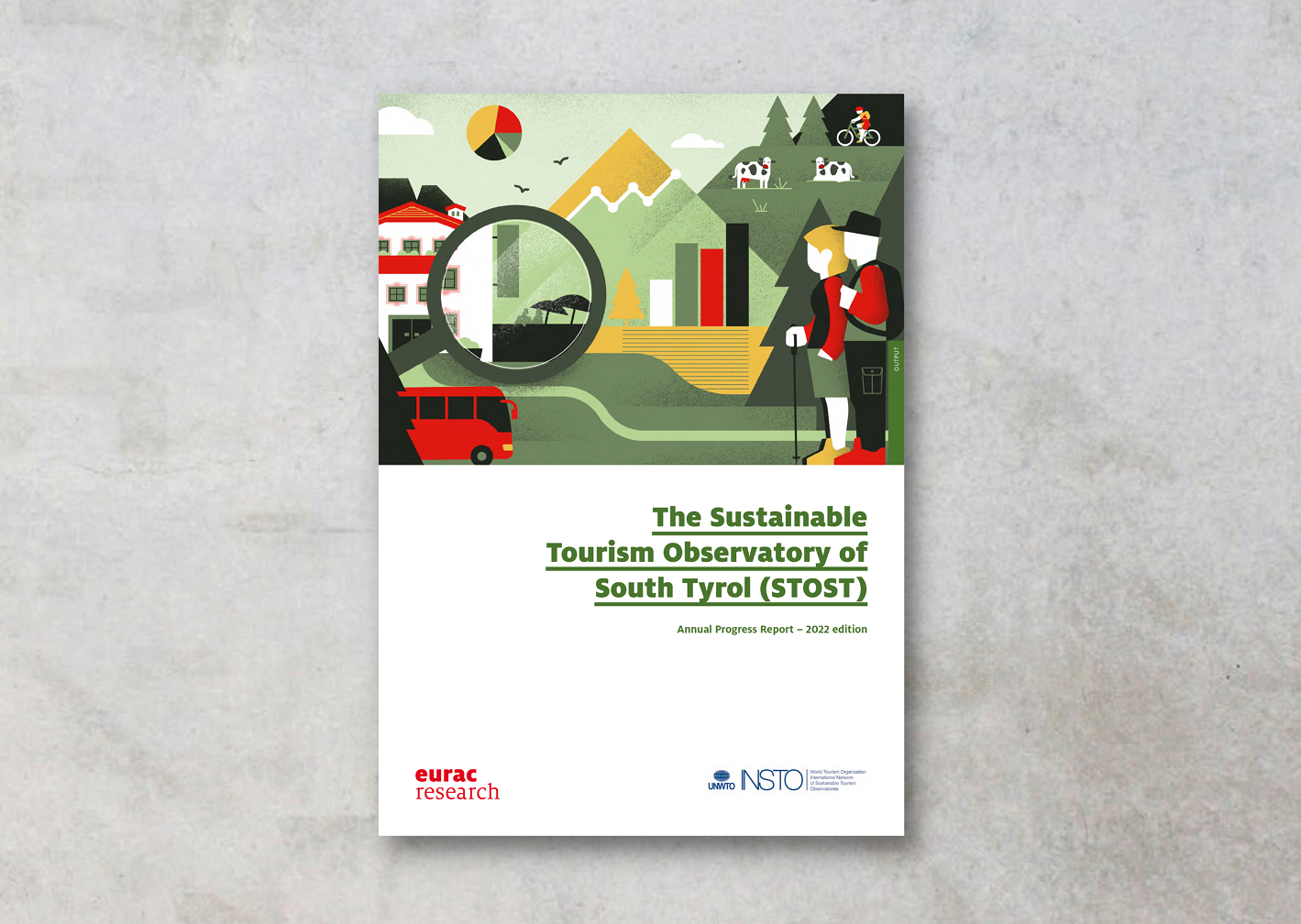Fourth Annual Progress Report on sustainable tourism in South Tyrol
After two pandemic years, the tourism sector has finally started its recovery. In this phase, sustainable tourism observatories are transforming their role again, turning into instruments to monitor the resilience of the tourism sector and the permanent transformation driven by crises such as climate, demographic or economic crises, and especially driven by the Covid-19 crisis.
Questions to be answered in this phase relate to the correlation between demand recovery and job (re)creation, but they also refer to local acceptance towards tourism and destination competitiveness after a critical phase. In this transformative scenario, observatories were putting sustainability at the top of the recovery agenda, following the claim #buildbackbetter of the UNWTO.
The Italian Autonomous Province of Bozen/Bolzano (South Tyrol) understood the pandemic as an opportunity to reshape the tourism culture and to check if the development principles used so far fit the expectations of the local population. More than ever, local inhabitants’ voices have become an important factor in the discussion and definition surrounding maximum growth limits of tourism. Both regional and local surveys were organized with local partners to investigate their expectations. Further, the local government – after a long planning and political negotiation process – was able to establish a moratorium for tourism accommodation facilities. This means a substantial reduction of developmental speed and slowdown of quantitative growth as an important additional parameter for sustainable development in South Tyrol. Setting limits to growth and identifying 2019 as the peak year was an important milestone for local tourism and at the same time it was a good marketing tool to promote sustainable tourism in the region.
STOST provided the most important insights in the planning of this political decision, using its indicators, as well as their historical development as a compass to guide decision making processes. The usefulness of monitoring procedures was evident for local decision makers and local stakeholders, who expressed their willingness and commitment to further expand on monitoring activities.

